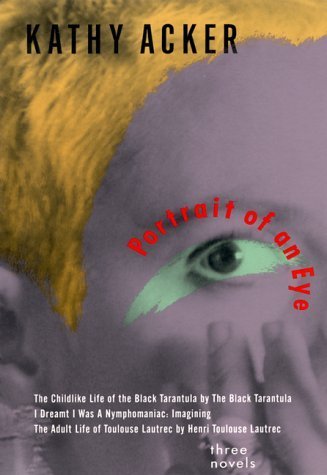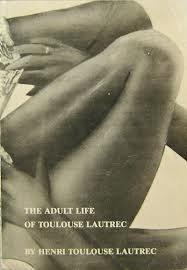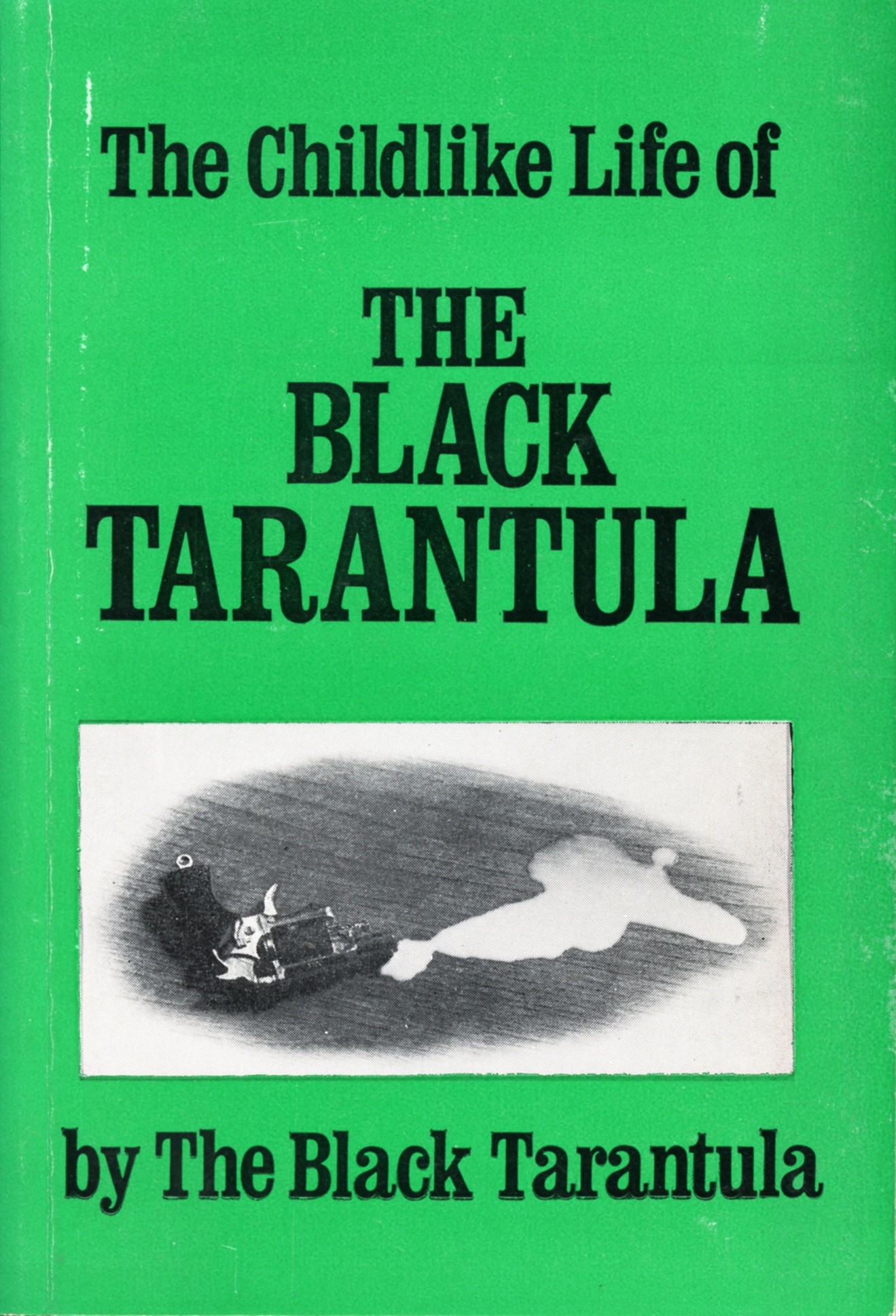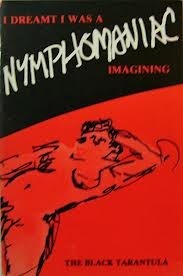This volume brings together three of the postmodern punkster's earliest novels, all originally published by obscure presses in the Seventies. As much as one wants to give Acker the benefit of a fair reading, it's hard not to be bored by the lengthy repetitions, the obscure plotlines, the complete disregard (deliberate, of course) for conventional notions of time. In The Childlike Life of the Black Tarantula, the fictional ``I'' decides to become various murderesses from history, as well as Yeats and Sade. Speaking in a cacophony of voices, she ``can't handle her own horniness,'' though ``sexual ecstasies become mystic communion.'' I Dreamt I Was a Nymphomaniac, another historical hallucination, further emphasizes Acker's sense of the self in disintegration—the reason one assumes the roles of so many other characters from history and literature. Here, a story of sexual obsession somehow transforms into a bland litany of case histories of prisoners whose rights have been abused. This political dimension to Acker's porno-anarcho prose becomes most explicit in The Adult Life of Toulouse-Lautrec, which begins by imagining the artist as a sex-starved, deformed woman. A murder plot sort of develops, to be solved by Hercule Poirot; van Gogh's daughter is actually Janis Joplin, who becomes the lover of James Dean. A profile of Henry Kissinger illustrates how society is corrupted, and individuals like Toulouse-Lautrec/Joplin/Dean suffer. A long political speech, full of half-digested left-wing notions, demonstrates America's decline into ``friendly fascism.'' All of which leads to the facile equation, dramatized in the last section, that the CIA and the Mob are like-minded institutions of repression. The sexual details of Henry Miller, the numbing prose cutups of William Burroughs, the relentless assault on the senses of thrash music—to point out the excess of Acker's entire enterprise only serves her sense of striking out against the bourgeoisie. But it is possible to understand exactly what she's trying to do, and still find it a worthless exercise. — Copyright ©1992, Kirkus Associates, LP. All rights reserved. —This text refers to an out of print or unavailable edition of this title.




